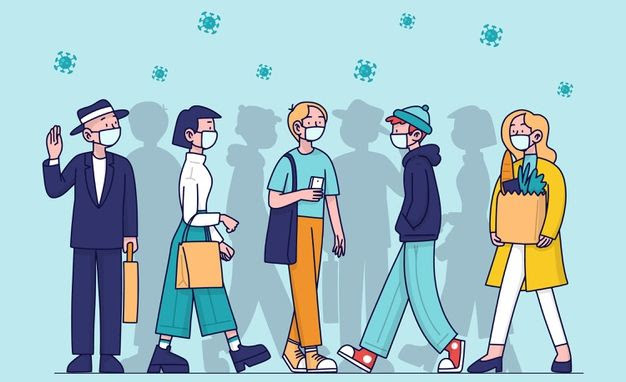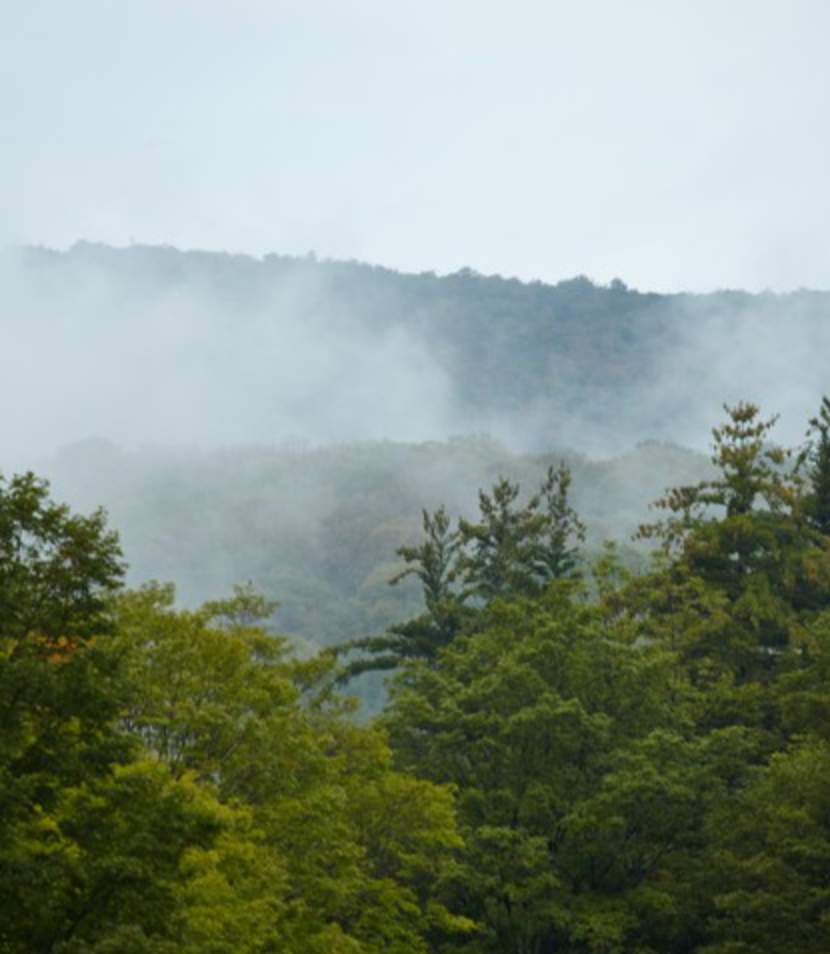

The Poetry of Food Systems Collaboration
Solving our food system challenges requires significant collaboration. A recent article explores the benefits and challenges of transdisciplinary collaboration through a unique medium: poetry. The author took evaluations from a recent Food Systems conference at UVM, and transcribed them into poems. These poems were able to uniquely emphasize the most pressing challenges of interdisciplinary collaboration: lack of attendance by those in the hard sciences, difficulties in communication between disciplines, and lack of time.

Mapping absentee balloting
More than 110,000 Vermonters have already voted in the 2020 election — one of the highest rates of returned ballots in the country according to a website put together by a Florida Professor. Students at the Community News Service developed a tracker map that will be updated daily indicating ballot returns by towns. Currently, Williston has the highest percent (about 38%), followed by Montpelier – a number of smaller towns also have high return rates like Brandon, Grafton, Guildhall and Barton. For more information see this story by Colin Flanders in Seven Days.

Managing a Pandemic in Long-Term Care Facilities
Residents of long-term care facilities for the elderly have accounted for nearly 58% of COVID-19 related deaths in Vermont. A recent study looked at two of these facilities: Burlington Health and Rehabilitation and Birchwood Terrace. The report finds that the development of a task-force responsible for containing the virus significantly slowed the spread, but lives could have been saved if this had been developed sooner. Preparation that assumes a pandemic could happen at any point in the future will be key going forward, the report finds.

Trauma Centers in Vermont are Spread Too Thin
Currently, almost 30% of Vermonters live more than 60 minutes away from any Level I trauma center. Lack of planning in terms of the locations of major hospitals has resulted in trauma centers being placed in less than ideal locations. A recent study looked at the locations of facilities which could be converted into trauma centers, and makes recommendations based on the Vermont Health Department’s budget and the most efficient delivery of services.

Mapping High Risk Activity During the COVID-19 Pandemic
Businesses such as gyms, restaurants, bars, and hair and nail salons are high risk locations for the spread of COVID-19, due to their high occupancy, long average length of stay, and significant chance for human-to-human contact. A recent study in the northeast using GPS concentration data looks at the average level of traffic in these types of locations during the pandemic and compares it to the level of traffic before the pandemic. The study finds that Vermont saw the greatest decline in risky traffic patterns (-40%) compared to the rest of the northeast (around -30%).

De-icing Salt Impacts Vermont’s Freshwater Ecosystem
Anyone who has survived a Vermont winter knows just how vital ice melting salt is for safe road conditions. Unfortunately, a recent study in Shelburne Vermont has shown that this salt may in many cases be an anthropogenic pollutant of freshwater bodies of water. Most of the pollution seems to come from salt storage facilities near bodies of water which flow into Lake Champlain. Salination of water, among other things, affects the growth rate of zooplankton, which is a major food source for freshwater aquatic life.

Forestry Facts
Did you know that Vermont has an estimated 4,523,088 acres of forested land? That comes out to nearly 74 percent of the state’s total surface area. A recent report from the United States Department of Agriculture puts together all the facts you could want about trees in the Green Mountain state.

Northern New England Schools See Shrinking Enrollment
As the population in northern New England continues to age, the region is seeing significantly fewer families with school-aged children than in years past. Tax revenue for schools is based on the number of students enrolled, so fewer students means less funding. A recent study conducted by the New England Public Policy Center has found that fourteen percent of schools in Vermont, New Hampshire, and Maine that were open in 2000 have since closed. Additionally, while overall funding decreased, the education cost per student has increased.

New podcast on Composting
A Soil Symphony from Mudszn producer, Leah Kelleher, interviews Soil Ecologist Dr. Deborah Neher and Entrepreneur Brian Jerose to tell the story of compost as biologically rich soil and a promising source of renewable energy. For more of Leah’s new podcast series, Attune, see this link. Including a compelling piece on the role of young people driving political change and the Sunrise movement.

Experiences in Rural Refugee Resettlement
Much has been documented on the experiences of refugees in major cities, however, these narratives do not address rural re-settlement programs. Refugees in New Destinations and Small Cities: Resettlement in Vermont, the newest book by Pablo Bose, associate professor of geography at UVM, seeks to shed light on these programs. Through ten years of interviews and studies conducted on the lives of refugees throughout Vermont, the book illustrates the importance of these new arrivals to their communities and Vermont as a whole.

Vermont Dept of Health
Weekly Data Summaries
COVID Testing
Copyright © 2019 Center for Research on Vermont, All rights reserved.
The Vermont Research News is a bi-monthly curated collection of Vermont research — focused on research in the Vermont “laboratory” — research that provides original knowledge to the world and research that adds to an understanding of the state’s social, economic, cultural and physical environment.
Send your news items to Newsletter Editors Martha Hrdy or Richard Watts.
In a collaboration with VT Digger, the newsletter is now published online. CRVT is responsible for the content. The newsletter is published on the 1st and 15th of each month.

